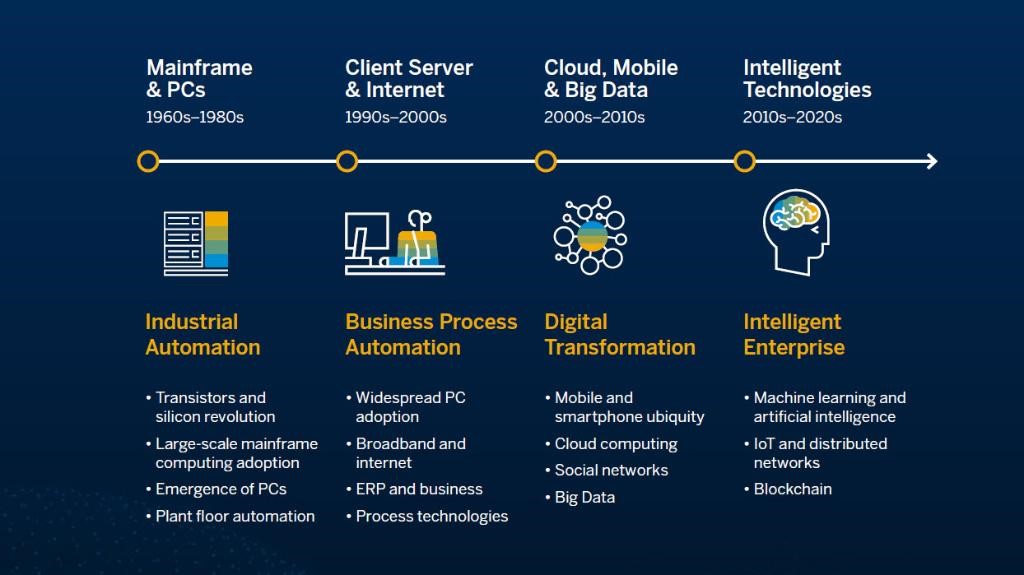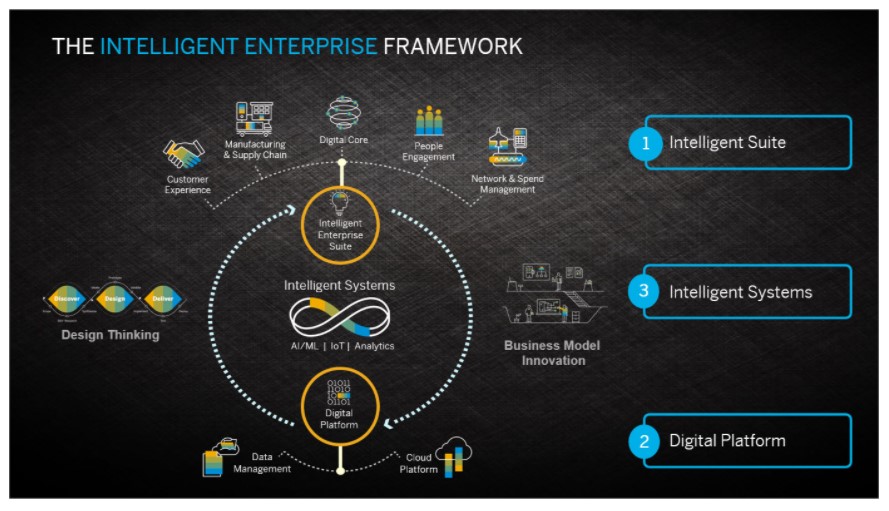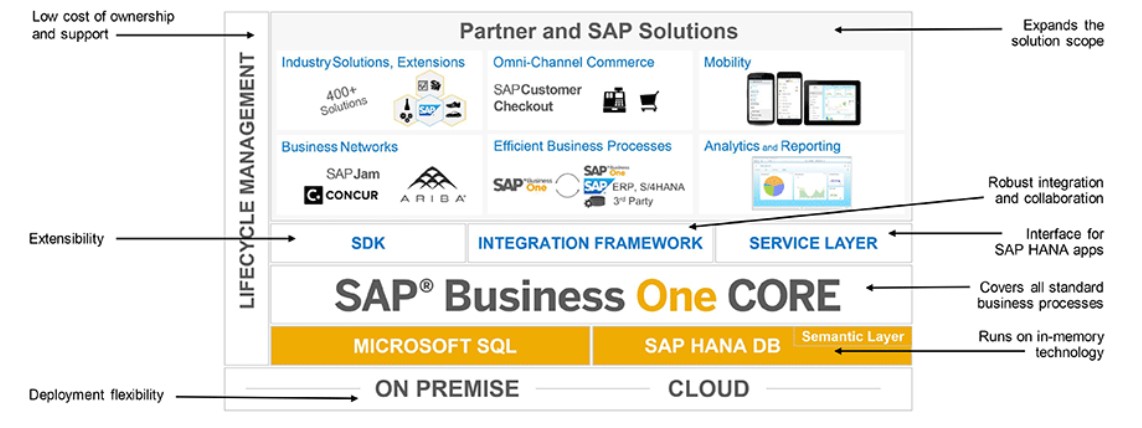Digital transformation is the process of rethinking how an organization delivers value by using technology. The purpose of the metamorphosis is new business models and approaches that provide new and more sustainable revenue streams in a digitally-driven economy.
Digital transformation may have become a buzz word, but as a premise, it’s essential for modern organizations to evolve by embracing both current technologies and ones that continue to emerge.
Digital transformation also embodies a fundamental rethinking of customer experience, business models, and operations. It’s about finding new ways to deliver value, generate revenue, and improve efficiency – and companies are using innovative technologies to do it.
Why does your Business need to Digitally Transform?

Increased global competition, the low cost of entry for disruptive startups, and shifting consumer expectations means that maintaining relevance (and growing profits) in today’s market is tough. Creating the products and services people want, delivering a consistently superior customer experience, and achieving speed to market all necessitate adopting new ways of working made possible by cutting-edge technologies.
Technology alone is not a panacea: organizational capabilities and culture must also transform. But technology does allow for innovation and improvements that can’t be achieved otherwise. Businesses that leverage digital tools to embrace a more agile, flexible and customer-centric approach will be more successful in dominating their market now and into the future.
As a leading enterprise solution for small to medium businesses, SAP Business One helps organizations to do business differently, enabled by digital technologies.
Which Technologies empower you to change Business Models?

People, business and things are becoming more connected. Many aspects of our personal and work lives are now conducted online, in real-time, and via peer-to-peer transactions or digital platforms.
To survive and flourish, you need to become an intelligent, digital business.
Digitising information and processes, improving efficiency, and having an online presence are all important for businesses, but is also just the tip of the iceberg.
Technology’s true potential lies in helping you to continually reimagine what you offer and how you offer it – by shifting the way teams collaborate, developing entirely new products and services, better understanding and addressing customers’ needs, and delivering more instant and personalised experiences.
The new computing infrastructure that enables businesses to do this includes:
- Cloud technologies
- Mobile technologies
- Big data
These core technologies are enhanced by data and insights derived from technologies including:
- The Internet of Things (IoT)
- Advances in AI and Machine Learning
- Innovations like Blockchain
It takes time to evaluate, implement and take advantage of technologies: it’s unrealistic to expect whole-of-business transformation to happen in one night. Starting with a firm digital foundation is an excellent starting point.
ERP is undoubtedly one of the key entry points that can help organizations to kick-start their digital transformation journey.
A modern, open, and full-featured enterprise solution like SAP Business One creates a digital core for SMEs to operate more intelligently in a digital economy. Building a business ready for digital transformation requires a baseline platform from which you can connect with other, related technologies.
Without a modern ERP system at the core of this technology platform your business will be struggling to join the dots. ERP systems go to the heart of a business and the related business functions and benefits because ERP systems touch every aspect of a business.
Companies today are planning their digital journeys, transforming business models and processes, and reimagining their working universe. SAP Business One supports them on this journey by providing a robust solution that facilitates their business growth while being configured to fit their exact company needs now and into the future.
How to approach Digital Transformation successfully?

Any substantial change is difficult – a business-wide revamp that requires leading, collaborating and operating in fundamentally different ways is a significant undertaking.
Principal research scientist with the MIT Initiative on the Digital Economy, George Westerman says that many organizations fall into the trap of focusing on technology adoption instead of how to achieve strategic, transformational results. Technology helps you do business differently, but the right strategy is not technology-focused. It incorporates the right technologies for the right jobs, according to Westerman.
He recommends four things to keep the focus on strategic transformation:
- Avoid silo thinking
One of the biggest pitfalls organizations fall into is to only focus based on the features of specific technologies. Instead start by considering what the transformer business should look like. For instance, if you enact a ‘mobile strategy’ you may fail to see opportunities that are not enabled by mobile.
- Start with core systems and incremental steps
Don’t overlook the value of having the basics in place – like centralised data and processes made possible by Enterprise Resource Planning (ERP) software or being able to make data-driven decisions powered by analytics tools.
- Don’t ask tech experts to drive transformation alone
This isn’t a job solely for the CIO or IT manager – you need to work with them, not burden them with all of the accountability.
- Build your leaders’ capacity
Build your leaders’ capacity to guide and champion the transformation efforts. Leadership and organizational capabilities are critical to chart the course during the transformation efforts and create business value from technological innovations.
Research by global consultancy McKinsey found a range of factors came into play when it comes to improving your chances of a digital transformation succeeding — these fall under five categories:
- Having the right, digital-savvy leaders in place
- Building capabilities for the workforce of the future
- Empowering people to work in new ways
- Giving day-to-day tools a digital upgrade
- Communicating frequently via traditional and digital methods
In particular, making information more accessible across the organization more than doubles the likelihood of a successful transformation.
Other important contributors to success include providing self-serve technologies, modifying standard operating procedures to include new technologies, and more data-based decision-making and use of interactive tools.
A robust enterprise solution that sits at the heart of day-to-day workflows is essential because it:
- Centralises and unlocks data previously hoarded within departmental silos
- Automates and eliminates manual tasks that waste your team’s time and talent
- Simplifies, standardises and speeds up complex processes
- Allows for high-level visibility and consolidation of data that helps leaders understand and manage performance, cash flow and growth opportunities
What is the Intelligent Enterprise?

The fundamental need for any company is to have a solid business system with well-defined processes in place. SAP has enabled many companies of all sizes with this foundation by being the leaders in Enterprise Resource Planning (ERP) systems.
These systems are positioned as the “Digital Core” and include the ERP solutions S/4 HANA, SAP Business ByDesign, and SAP Business One.
Let’s now have a look at what all are the components that constitute an Intelligent Enterprise:
-
1. The “Digital Core” and the Components of the “Intelligent Suite”
SAP is providing intelligent, integrated applications that enable customers to automate their daily business processes and improve interaction with their customers, suppliers, and employees.
SAP Business One is positioned as the Digital Core for the SMB. All the best practice processes are in place and will be further enhanced. The importance of the Digital Core is that it holds the transactional data to connect with the outside world and enhance the business processes. Other applications, such as SAP Ariba, SAP Concur, SAP Hybris, and SAP SuccessFactors can be integrated to create the Intelligent Suite.
The combination of the above-mentioned capabilities allows the SAP Business One customer to achieve the vision of the “Intelligent Suite” which is the first step towards the “Intelligent Enterprise”.
-
2. The “Digital Platform”
The digital platform is a key enabler for the Intelligent Enterprise. The digital platform consists of the SAP HANA In-Memory Platform, with the combination of the SAP Cloud Platform.
For the SME market, SAP Business One leverages SAP HANA allowing companies to act with agility and to fulfill the digital transformation expectation by:
- Including real-time analytical capabilities to obtain company insights
- Offering an open interface to integrate external software applications via
the Integration Framework - Allowing application extensions using the next generation API via the Service Layer
- Moving into a Cloud environment, thereby allowing interactions with loosely coupled solutions
- Enabling the exchange of data beyond business application boundaries
thereby realizing use cases for the Internet of Things (IoT)
-
3. The Intelligent System
The Intelligent Business Systems are built on the foundation of intelligent technologies, such as machine learning, artificial intelligence, advanced analytics, internet of things, and blockchain. SAP offers a toolbox of these technologies in the form of SAP Leonardo. Within the context of intelligent systems, methodologies such as Design Thinking and Business Model Innovation can be used to successfully support and create desirable, viable, and feasible products.
Design Thinking assists you in understanding the end users’ problems and create a desirable solution.
Business Model Innovation assists you in creating an appropriate business model for your organization and your customers.
The combination of the above-mentioned capabilities allows the SAP Business One customer to achieve the vision of the “Intelligent Enterprise”.
The Intelligent Enterprise will help customers empower their employees by doing more with less, innovate faster than the competition, deliver a best-in-class experience to their customers, and break new grounds by introducing new revenue streams and market opportunities.
How SAP Business One helps Businesses Embrace Enablers of Change

A key benefit of choosing SAP Business One is its ongoing evolution to a highly configurable and extensible business process platform.
SAP uses open and cutting-edge technologies that allow businesses to create a more customized and powerful ecosystem of software on top of a secure and comprehensive ERP solution.
Cloud and Mobile
SAP Business One is a flexible, cloud-based solution that your business can access in the public or private cloud via a browser.
The solution’s web-based interface can be accessed online anytime from a variety of devices, plus there are several native apps that use data from SAP Business One to deliver specific mobile-first functionality for handling sales and service activity on-the-go.
Analytics
SAP Business One version for SAP HANA includes dashboards, interactive analysis and a semantic layer for quick and easy reporting in real time.
Integration with Business Intelligence tools and resources provides access to data visualizations and analytics.
In-depth reporting and analytics is possible through tools including MS Power BI (with native connectors to SAP HANA), MS Excel and SAP Business One HANA Analytics (a powerful, built in analytics tool set driven by SAP HANA technology).
Big Data
SAP Business One on SAP HANA enables you to bring unstructured Big Data into one view for analysis, including:
- Cash Flow Forecasting: Graphical display of your cash flow, including the ability to manage cash flow forecasting and cash flow timeline estimates in real-time. Quickly configure the dashboard reporting to your requirements based on standard configuration settings. The business benefit – instant access to a clear and up to date view of your cash flow and cash flow forecast.
- Advanced Available-to-Promise: Get transparency about your inventory dynamically, in real-time to minimise costs and improve customer service. When a customer calls your customer service team they can get answers about inventory availability at the click of a button. What stock is available? What stock is being shipped? When is new stock arriving? All of these questions and more can be answered with the SAP Business One HANA.
- Enterprise Search: Locate your business information via freestyle search, and drill down to the documents and sources based on multiple search criteria. The business benefit – instant access to information to keep your team and your customers up to date.
- Predictive Analysis: Use Forecasting strategies within your Dashboards to predict future and seasonal trends based on your historical data. These forecasts can be used to assist with purchase planning through the Material Requirements Planning (MRP) module. The end result – making sure you hold the right inventory levels to provide great customer service whilst ensuring you don’t tie up cash in “over-stocking”.
While machine learning is still maturing, business leaders should engage now with trusted providers like SAP that are developing solutions that free up information and evaluate data to enable machine-fuelled insights and automation.
Already within SAP Business One version for SAP HANA you can access insights such as sales recommendations based on customers’ purchase history, and built-in statistical forecast algorithms to analyse inventory levels and optimise your demand.
Similarly, adopting SAP Business One gives your organization a firmer footing from which to explore the Internet of Things (IoT) or other emerging tech like blockchain.
Read More about SAP Business One ERP Solutions
Create a Strong Digital Core with SAP Business One

Deploying SAP Business One in combination with intelligent, integrated solutions provides your business with new capabilities immediately and kick-starts the process of genuine change and greater adaptability.
SAP Business One is the ideal inflection point for businesses ready to grow. The solution will support your business to make the transition to a more digitally-enabled business capable of cross-functional teamwork, leveraging data, fostering innovation and embracing emerging technologies as they arise.
Talk to us today about getting started with SAP Business One and building a strong digital core for your transformation journey.
Author



